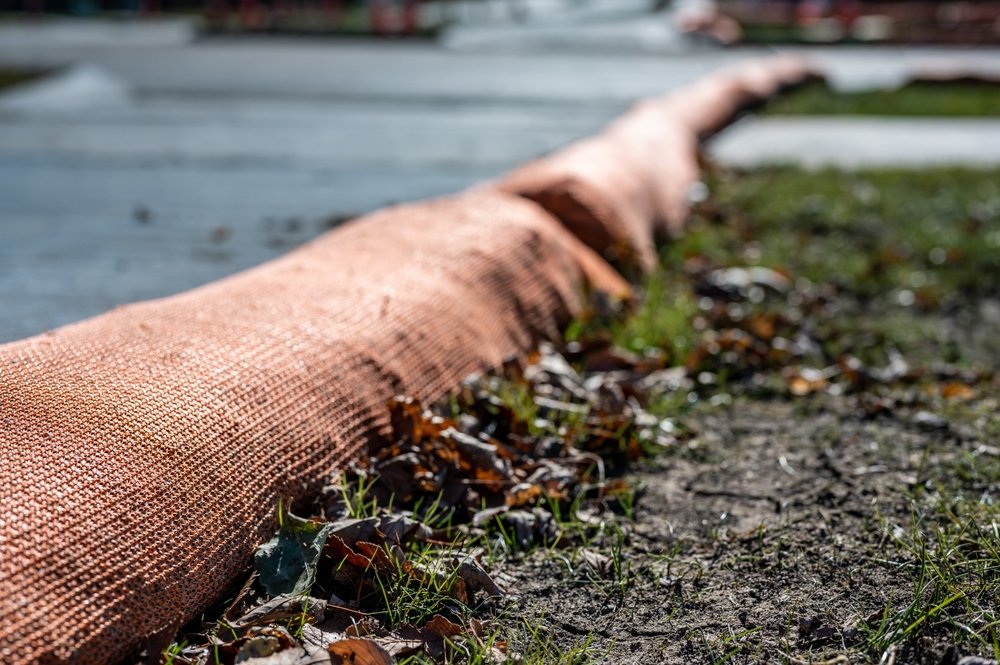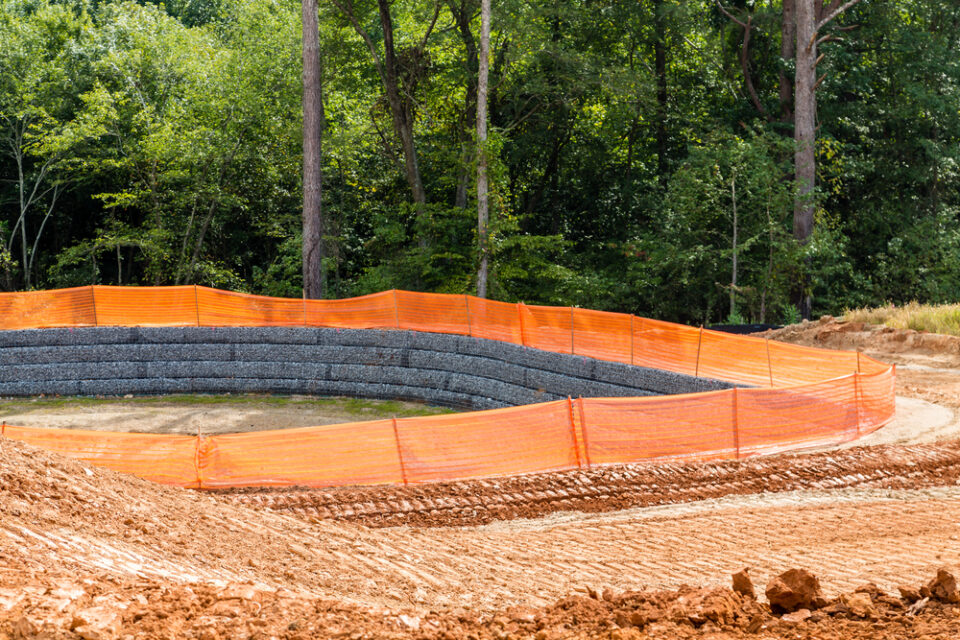Have you ever wondered why well-groomed landscapes stay perfect despite heavy downpour or winds? Or perhaps you’ve asked why that once eroded embankment by your hiking trail suddenly stopped deteriorating and started to sport a green carpet? Thousands of homeowners, landscape designers and environmentalists contend with these questions daily. While at first glance erosion control might seem a complex techie jargon, it is a rather essential topic, particularly in the context of the environment and home improvement. Here, let’s dive into the simple yet intricate world of erosion control. We will unravel its basics, the techniques, and how it can add subtle charm to your landscape while being in concert with nature.
Table of Contents
What is Erosion Control?
Often, we admire the crisply defined edges of a landscape or the healthy bank of a river without realizing the subtle intervention of human hands and science—the resulting harmony of these actions is erosion control. Erosion control is an environmental practice that aims to assist nature in holding its ground. It involves using various techniques to manage the removal of surface layers—soil, rock, and other substratum materials—by wind, water, or ice transport. Not only does erosion control help retain the integrity of the landscape and infrastructure, but it also plays a crucial role in preventing water pollution and safeguarding aquatic habitats.

Core Techniques Involved
While different scenarios may employ varying methods, the fundamental techniques of controlling erosion often revolve around three core areas – vegetative, structural, and hybrid. Vegetative or biotechnical methods use plants to stabilize the ground, while the structural or hard techniques involve implementing human-made structures or barriers. With hybrid methods—as the name suggests—a combination of both techniques is employed. Examining the features, pros, and cons of these techniques give us a blueprint of the best-fit solution for specific contexts.
Vegetative Techniques
When talking about using nature to heal itself, vegetative erosion control techniques steal the show. These methods use planting schemes to bind soil particles together, create a physical barrier against erosion elements, and absorb excess water. Some commonly used vegetative practices include hydro-seeding, planting grass buffers, live staking, or even installing pre-vegetated mats. Despite its sophisticated sounding nature, many of these practices fall within the capabilities of a DIY homeowner.
Structural Techniques
In contrast, structural erosion control techniques involve incorporating engineered structures around vulnerable areas to offer protection. This includes the use of retaining walls, the installment of riprap (large rocks or concrete pieces), or the application of geotextiles. While these methods provide a strong and typically more permanent solution against erosion, they tend to be more cost-intensive and less aesthetically pleasing.
Hybrid Techniques
Balancing aesthetics and durability, hybrid or integrated techniques bring together the resilience of structural methods and the natural appeal of the vegetative practices. Complex scenarios might require more sophisticated hybrid techniques such as the use of vegetated geogrids, bio-engineered walls or coir rolls for increased stability and appeal.
Conclusion – Erosion Control and the Bigger Picture
Erosion control goes beyond just securing the landscape—it empowers us to maintain a balance with the environment. By understanding the basics and applying effective techniques, we foster an environment that not only flourishes but does so sustainably. Possessing this knowledge incites a sense of responsibility and equips us with the tools to create a future where nature and nitpicky landscape aesthetics can coexist harmoniously. Whether you are a landscape enthusiast, an environmental scientist, a homeowner, or simply curious about the symbiosis of science and nature, mastering erosion control paves the way for healthier landscapes and thriving ecosystems. In essence, securing our slopes means securing our future.

